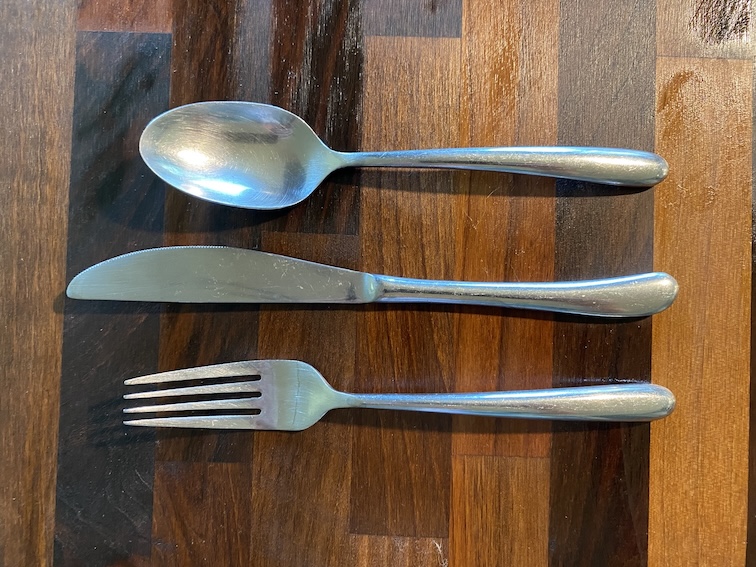 Rosacea and restaurant rarely turn up in the same sentence, but Dr. Julie Harper, president and owner of the Dermatology and Skin Care Center of Birmingham, suggests imagining the condition’s symptoms as a “menu” requiring specific utensils for proper treatment. Dr. Harper compares the usual treatment process to visiting a nice restaurant, ordering a multi-course dinner — soup, salad, steak, potatoes, and dessert — and being told by your waiter you can choose a single piece of silverware to eat your meal.
Rosacea and restaurant rarely turn up in the same sentence, but Dr. Julie Harper, president and owner of the Dermatology and Skin Care Center of Birmingham, suggests imagining the condition’s symptoms as a “menu” requiring specific utensils for proper treatment. Dr. Harper compares the usual treatment process to visiting a nice restaurant, ordering a multi-course dinner — soup, salad, steak, potatoes, and dessert — and being told by your waiter you can choose a single piece of silverware to eat your meal.
“Most would pick a fork. It’s good for everything... until you need to eat soup,” she joked. With her analogy in mind, Dr. Harper stressed the need for specialized tools, including medications and devices, for individual symptoms of rosacea.
“Rosacea is not one thing, and so our treatment is not going to be the same for everyone,” Dr. Harper said. “And yet we use the same treatment, first line, for everyone.”
For instance, she likens medications that treat bumps and pimples (papules and pustules) — ivermectin, metronidazole, azelaic acid, minocycline foam, and others — to “forks.”
“All those ‘forks’ out there that are good for papules and pustules were never designed to help treat erythema. That’s why we need a more specialized tool,” she explained.
“Knives,” on the other hand, are device-based treatments like pulsed-dye and KTP lasers, electrosurgery, and intense pulsed light (IPL) therapy that physically reduce visible blood vessels (telangiectasia) or skin and tissue overgrowth on the nose and other parts of the face (rhinophyma).
Finally, topical brimonidine and oxymetazoline, which are approved for the treatment of persistent redness (erythema), are the “spoons.” As an example, she discussed a case study where a symbolic “spoonful” of brimonidine 0.33% gel was used to target the redness. During this trial, both the rosacea patient and investigator agreed they saw improvement and a reduction in redness as early as 30 minutes after application. Focusing on the symptom with the proper tool produced better results.
Dr. Harper noted that many cases may call for a combination of tools: two forks (topical ivermectin and oral low-dose minocycline), a knife and a spoon (IPL and oxymetazoline), or some other grouping may be required to effectively treat a particular patient.
“We do combination therapy to help achieve clear skin, help some patients achieve treatment goals more quickly, and maximize remission periods, while minimizing burden of disease,” she said.
Dr. Harper advises healthcare providers to listen closely to their patients, understand their individual challenges, and explain the importance of each part of their treatment. Best practices include aiding patients in accessing treatments financially out of their reach, scheduling follow-ups and taking photographs at each visit to present evidence of progress. This helps keep up patients’ interest and participation in their treatment.